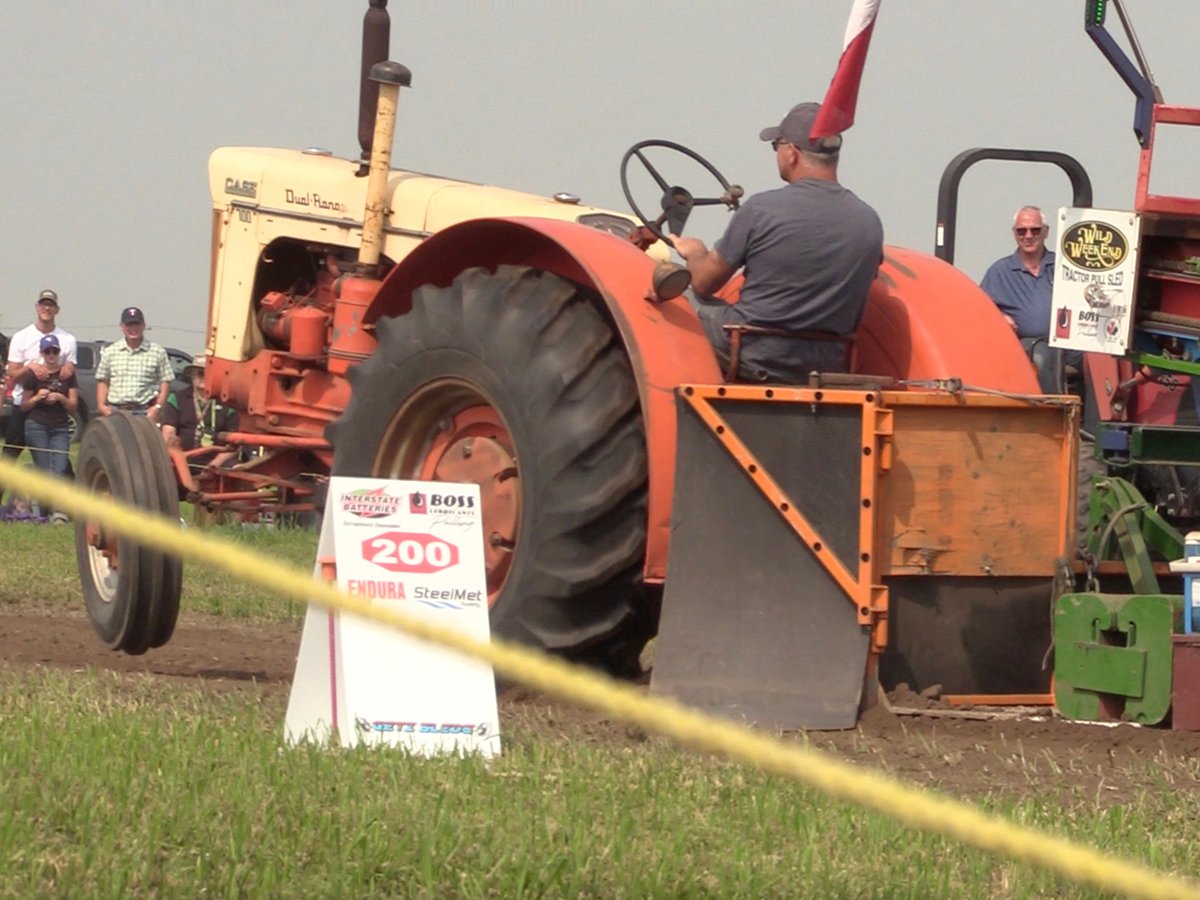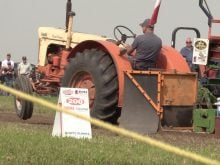Q: I read your column on snowmobiles last week and thought about how much my son and I love “quadding.” Do the same laws apply to all-terrain vehicles?
A: All-terrain vehicles are not subject to the same laws as snowmobiles, and one must consider different things when deciding whether to operate them.
ATVs first came on the scene in the late 1960s, but in the last decade use of them for recreation has exploded in popularity. The Canada Safety Council reports that between 1996 and 2001, ATV sales tripled.
Read Also

Vintage power on display at Saskatchewan tractor pull
At the Ag in Motion farm show held earlier this year near Langham, Sask., a vintage tractor pull event drew pretty significant crowds of show goers, who were mostly farmers.
While fun to operate, there has also been a dramatic rise in accidents and injuries to the point that ATVs are one of the leading causes of sport and recreational injuries in Canada.
In Alberta alone, between 1999 and 2002, 20 people were killed while riding ATVs. Of the people killed, 85 percent were the drivers. At least 60 percent of the deaths came from head injuries. Alcohol was involved in 45 percent of these deaths. Children and teenagers represented 45 percent of those killed, and the drivers were from 10 to 15 years of age.
These statistics teach us that as with snowmobiles, safety should be paramount. Because ATVs need to be handled properly and a certain amount of physical ability and judgment come into play, provinces regulate the age at which someone can legally drive an ATV.
In Saskatchewan, you must be 16 years of age and hold a valid operator’s license for a motor vehicle before you can independently operate an ATV. There are some exceptions, such as when a person younger than 16 is running an ATV on their own land or land owned by their family. Also, if a person between 12 and 16 passes a safety course they may be able to get a restricted ability to operate an ATV outside of private family land.
As with snowmobiles, you cannot run ATVs on a public highway. In some provinces such as Alberta, this includes ditches adjacent to highways. You can cross a highway but have to stop before doing so and unload any passengers. There is a maximum speed limit in each province, and often helmets and visors or goggles are mandatory. They have been mandatory in Saskatchewan for some time, but Alberta is just introducing a law in this regard.
Criminal and traffic safety charges are possible for the improper operation of an ATV, just like cars, trucks and snowmobiles. These can include charges of driving without due care, speeding and drinking and driving. Authorities may also monitor the number of people on an ATV. Not all machines are made for more than one person. As well, charges can result from ripping up land or causing damage, starting open fires on a break from quadding, or improperly disposing of waste or garbage.
Each province usually has minimum liability insurance provisions for ATV owners and operators. In Alberta, this is $200,000 but most prudent people carry at least $1 million in third-party liability insurance.
Rick Danyliuk is a practising lawyer in Saskatoon with McDougall Gauley LLP. He also has experience in teaching and writing about legal issues. His columns are intended as general advice only. Individuals are encouraged to seek other opinions and/or personal counsel when dealing with legal matters.
















